-
Ulster Aviation Society's Wildcat the story so far
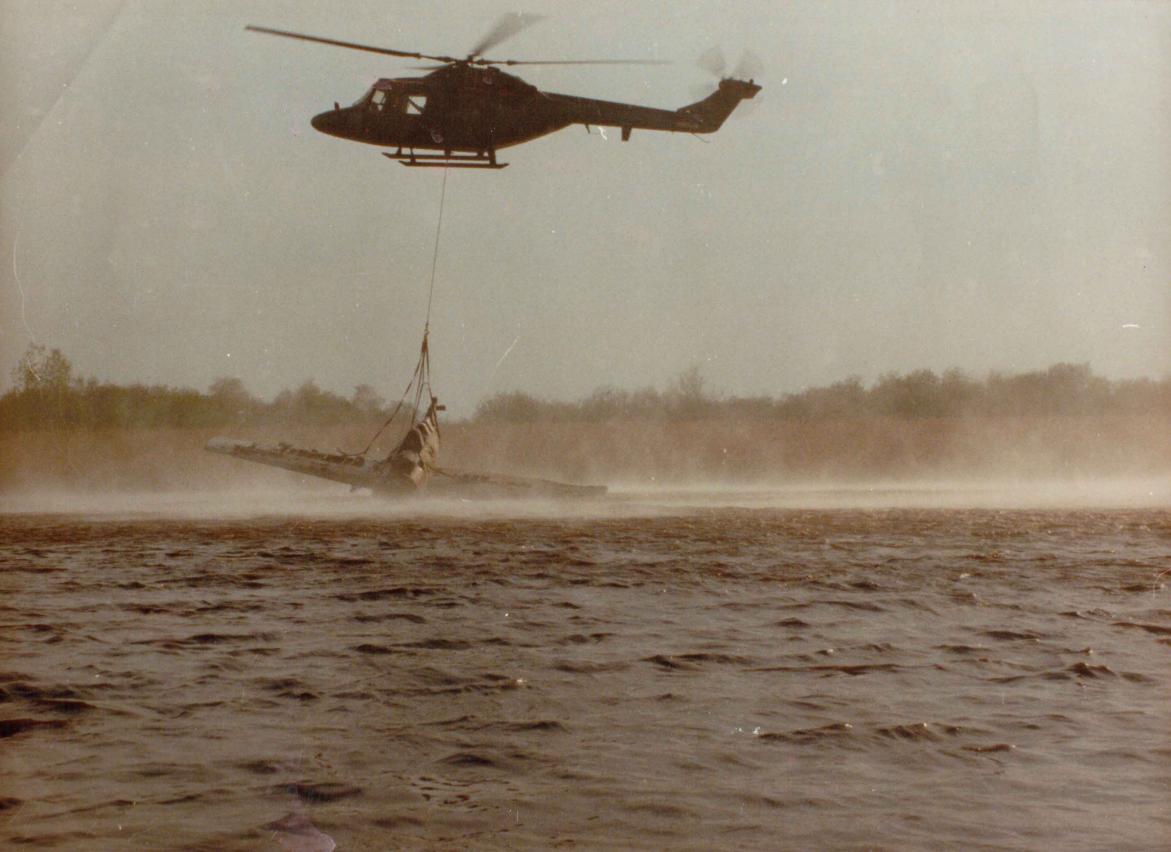
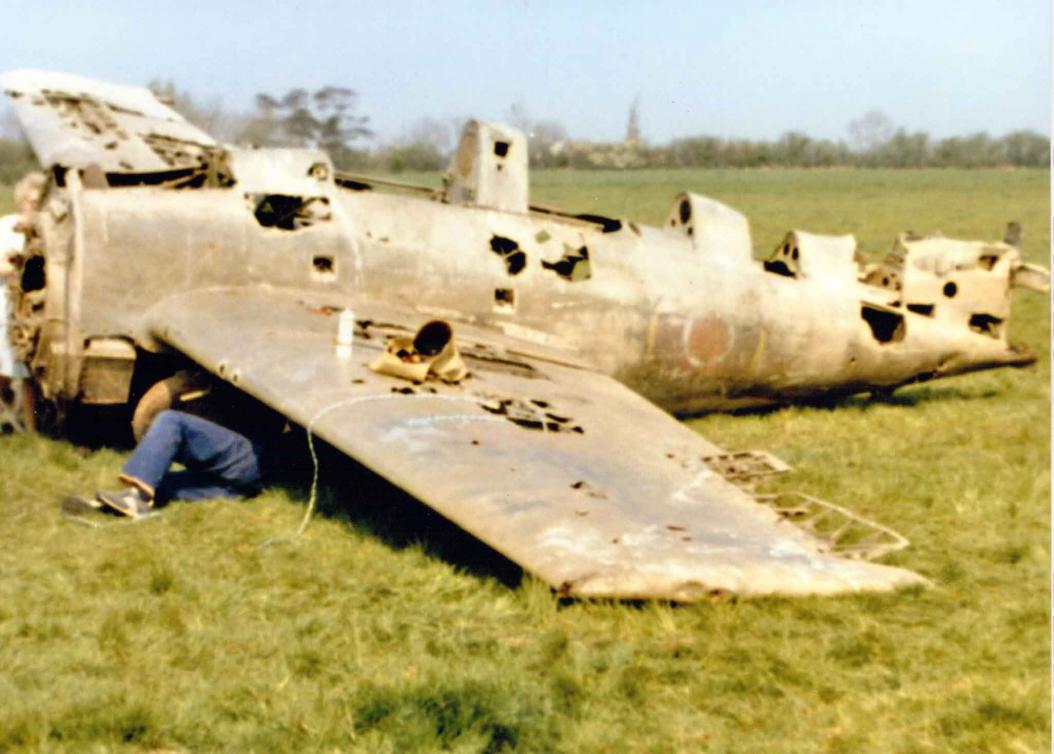
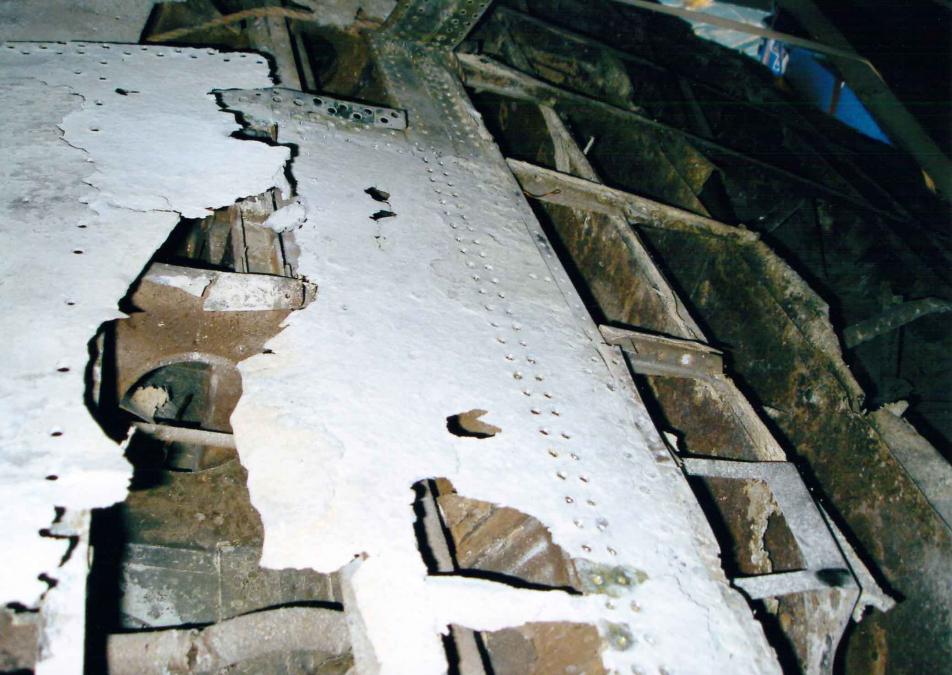
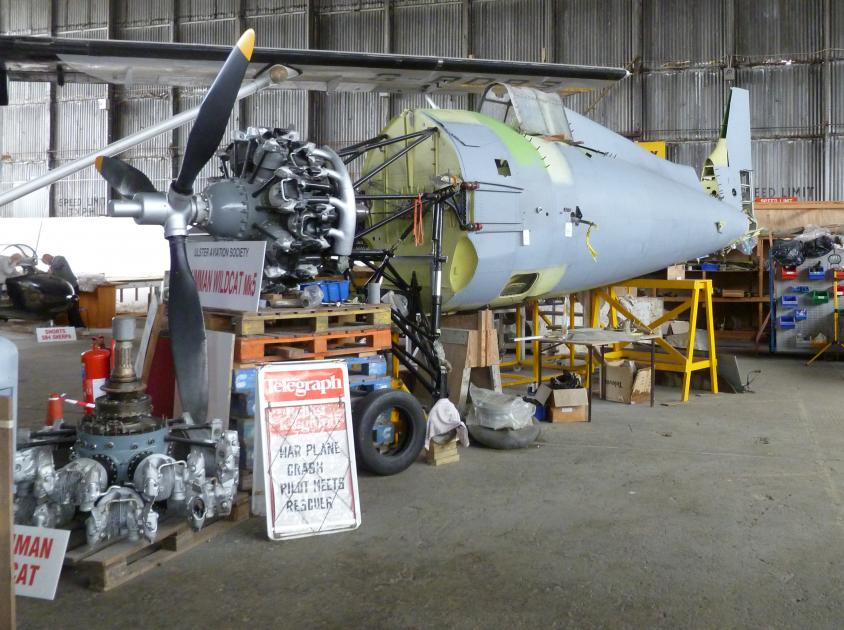
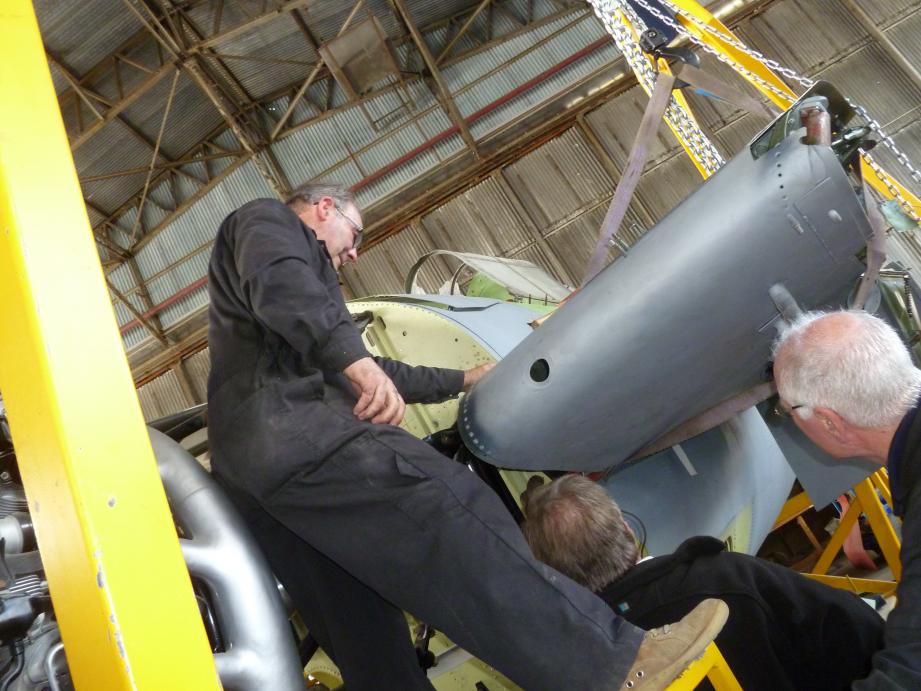
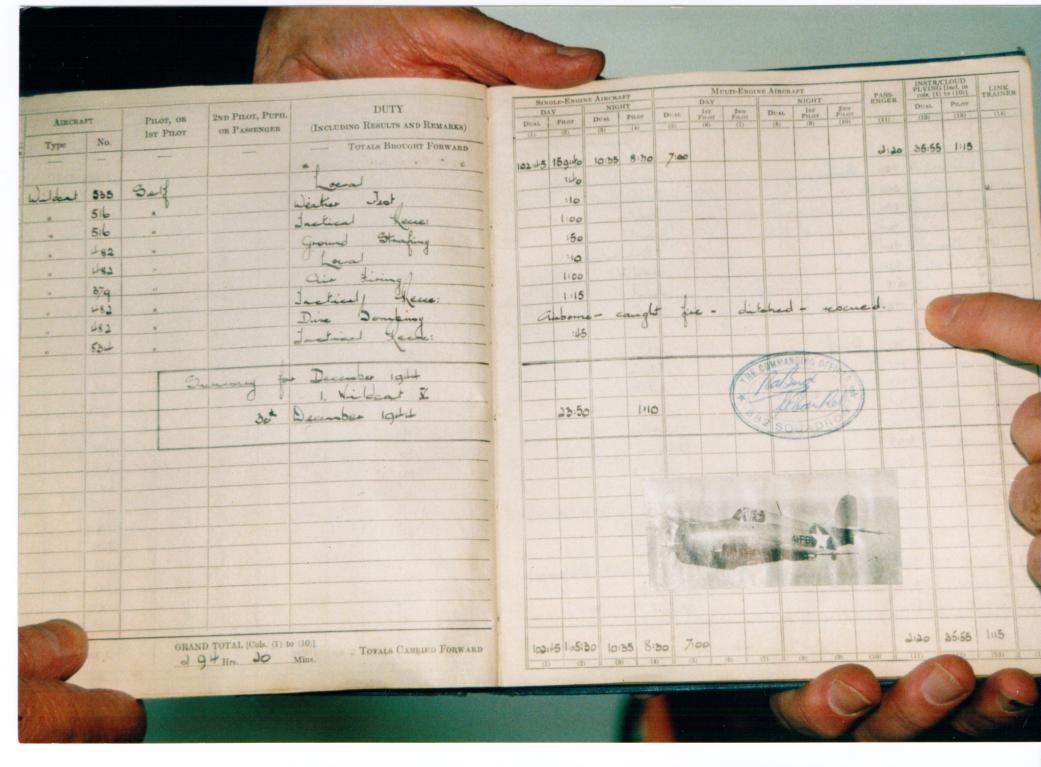
Carrier based fighter, one crew, powered by a single Pratt & Whitney R-1830 Twin Wasp radial engine.
JV482 was one of 312 FM-1’s that were built by the Eastern aircraft Division of General Motors, joining the Royal Navy's Fleet Air Arm originally as the Marlet V but later reverting to the name 'Wildcat' to conform with American usage.
The aircraft was probably delivered to the Fleet Air Arm (FAA) late 1943 or early 1944, arriving in the UK via the normal route as cargo aboard one of the many aircraft carrier's which sailed continuously across the Atlantic.
It was first noted with No 882 Squadron in July 1944 on board the escort carrier HMS Searcher and sailed with the ship to take part in support of the Third Front landings in the South of France, carrying out bombing and reconnaissance missions in support of the US Army. Following this action, the aircraft proceeded with Searcher for minor operations in the Aegean Sea beforereturning to the UK and disembarking to Ballyhalbert on October 12th 1944
On October 29th the squadron moved to Long Kesh to continue it's training programme which included a weeks bombardment spotting' course at Ayr (December 2 - 9th) By now JV482 was
proudly emblazoned with the squadron code 6C , the six indicating the squadron and the letter C the individual aircraft .
It was on Christmas Eve 1944 that JV482 took to the air twice, but in the afternoon it was for the last time. Piloted on both occasions by S/Lt(A) Peter Lock the aircraft had carried out a 'tactical recce' sortie in the morning, then after lunch, the aircraft got airborne again for a practice bombing sortie at the nearby Lough Neagh. As he approached 800' the Pratt & Whitney spluttered and then burst into flames, pushing the throttle open to gain height simply increased the flames and S/Lt Lock was left with little option but to crash land or ditch.....he choose the latter, and carried out a superb ditching in Portmore Lough, a small Lough to the south-east of Lough Neagh.
Shortly after the accident the crash site was surveyed by the 'powers that be' at the time and it was decided that recovery was not practicable, and so JV482 lay in its shallow grave for some 40 years.
ln April 1984 following some eighteen months of ‘weekend' salvage work by the Ulster Aviation Society, G. Heyn‘s chief engineer, Jim Walsh and the Army Air Corps t(AAC),JV482 was airlifted from its resting place by Lynx helicopter XZ665 from No 665 Squadron Since that time the aircraft has had various temporary homes, and moved to the societies hanger at Long Kesh on 28th September 2005.
Although extremely well preserved the aircraft has had to be completely stripped to ensure the airframe is corrosion free, we an now well into the rebuild programme and hope in the very near future to refit the wings.
The Society has been in constant contact with the pilot, Peter Lock.
Last edited by Jim.UAS; 01-25-2013 at 04:04 PM.
 Posting Permissions
Posting Permissions
- You may not post new threads
- You may not post replies
- You may not post attachments
- You may not edit your posts
-
Forum Rules





 Reply With Quote
Reply With Quote